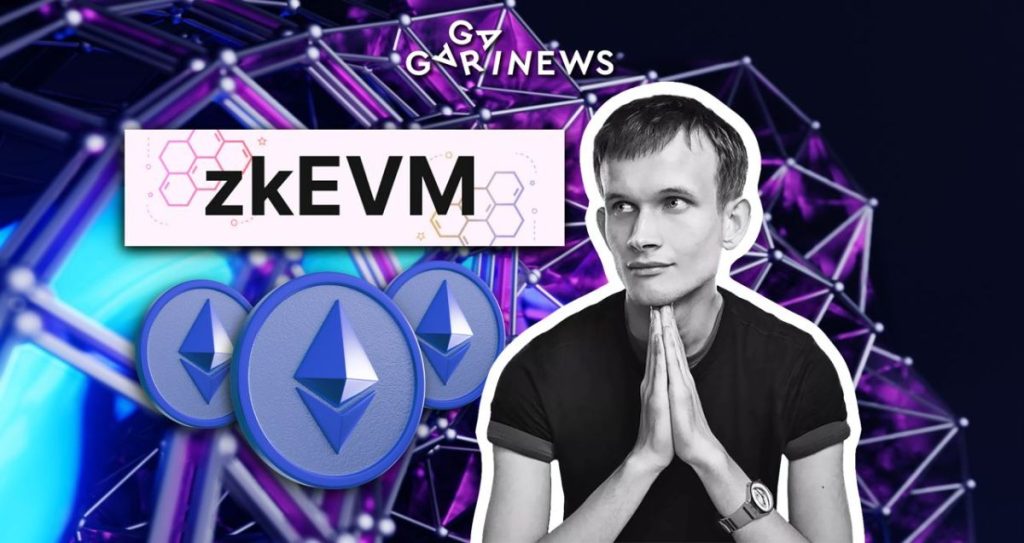Vitalik’s Blog Unveils Ethereum Verification Solutions

Ethereum, the decentralized smart contracting platform behind DeFi and NFTs, is currently facing an issue with transaction verification. In a recent blog post, Ethereum co-founder Vitalik Buterin acknowledged that verifying transactions on the mainnet is challenging, causing difficulty for users to run their own nodes and instead rely on third-party services.
To address this issue, Buterin presented two potential solutions in his blog.
Firstly, Buterin suggests that the mainnet could be constrained to force activity to layer-2 while still improving scalability. This involves reducing the mainnet gas-per-block target from 15 million to 1 million and using layer-1 solely for verifying layer-2 protocols. However, this solution could make existing L1-based applications economically unfeasible, and user funds could get stuck due to high fees.
Secondly, Buterin proposed the use of a zero-knowledge Ethereum Virtual Machine (zkEVM) that could SNARK-verify the mainnet, making it easier to verify Ethereum on various devices such as laptops, phones, and browser extensions. Although this method comes with challenges, including generating proofs in real-time and choosing a type of zkEVM to use for verification, Buterin believes the open multi-zkEVM option is the best path.
Buterin's proposals highlight the need for a more scalable and efficient Ethereum protocol. The Polygon network has also recently launched its zkEVM mainnet beta, open-sourcing the technology for further development. With these new solutions, the future of Ethereum is promising. Let's hope they can implement them quickly because Ethereum could use a bit of a pick-me-up, don't you think?
The content on The Coinomist is for informational purposes only and should not be interpreted as financial advice. While we strive to provide accurate and up-to-date information, we do not guarantee the accuracy, completeness, or reliability of any content. Neither we accept liability for any errors or omissions in the information provided or for any financial losses incurred as a result of relying on this information. Actions based on this content are at your own risk. Always do your own research and consult a professional. See our Terms, Privacy Policy, and Disclaimers for more details.




















